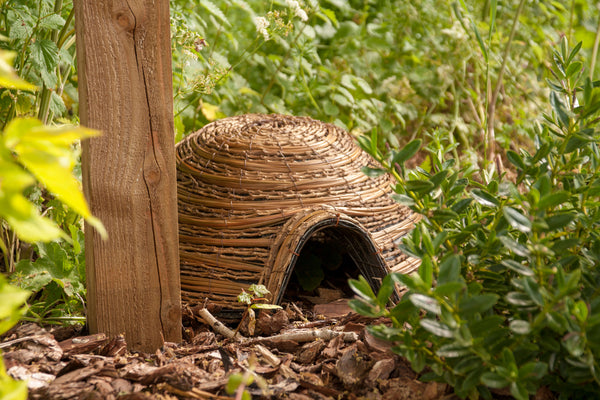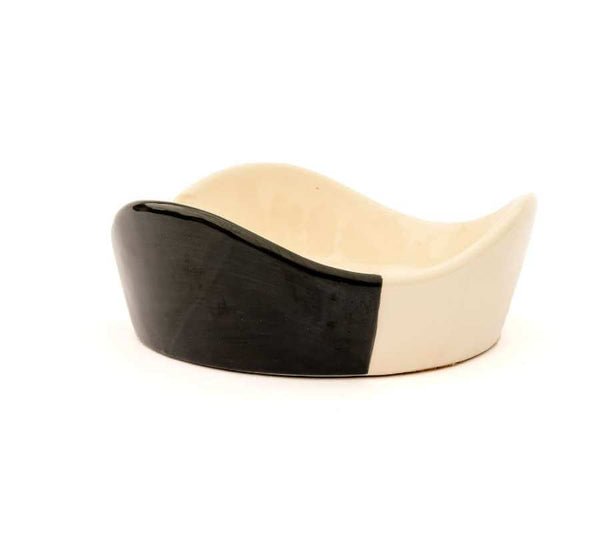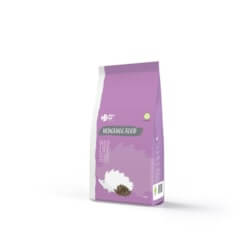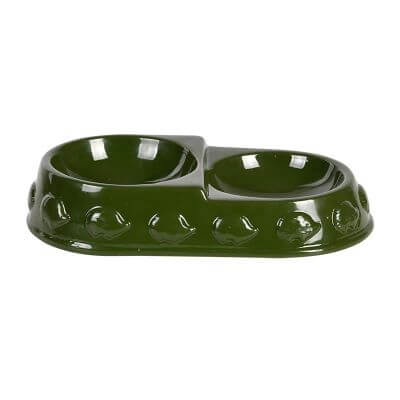How to attract hedgehogs to your garden
Having hedgehogs in your garden is a more and more unlikely thing. Don't worry, though, there are ways to encourage local hedgehogs to come and spend some time with you!
Whether you get some visiting hedgehogs or some rent-free tenants, you can always help them out.

How to attract hedgehogs to your garden
There are many different ways to attract all sorts of local wildlife to your garden, but to particularly appeal to the hedgehog population, you might want to consider your garden from the perspective, as it were, of a small, spiky mammal.If you knew that you might run into a fox or a cat, where would you want to hide?
Hiding spots

The easiest way to allow hedgehog populations into your garden is to ensure that you allow for a thick, dense layer of undergrowth. Thankfully, this is accomplished by forgetting to mow the lawn.
With a thick undergrowth, you'll attract hedgehogs by giving them places to hide, as well as encouraging slugs, snails, and bugs - which hedgehogs like to munch on!
Extra foodYou can also try to provide supplementary food and water to any hogs you might get in your garden. This may be especially helpful in times of drought, or times during which their normal, insect-based diet is threatened by there simply not being as many bugs around as usual.
At this point, it's worth mentioning that you shouldn't leave out milk or bread for hedgehogs. They can't digest those items and would prefer to have some complete cat biscuits, or some meat-based cat or dog food.
How to make your garden more hedgehog friendly

Slug pellets
The best way to get started hosting our prickly friends is to take up any insecticides that you may have put down. Even better, simply don't put any down in the first place!
Small hedgehogs are often fooled by slug pellets and find themselves munching away, only to get sick after swallowing the poisonous item.
A great way to ensure that you don't put down insecticides while also keeping your garden a little more sustainable is to start a compost heap.Doing this will allow for one spot in your garden in which insects generally like to congregate, plus it will prevent you from needing to use insecticide - most store-bought insecticides cannot be composted! Instead, you could use chili flakes - which work very well against slugs.
Hedgehog highways

For example, making a hole in a fence between you and your neighbors' garden may allow for a hedgehog street to form, allowing them to make their way from garden to garden, happily living their lives.
Encourage hedgehogs
This one is a little odd, but it's a great way of protecting hedgehogs - hedgehog numbers have been declining in recent years, so if you already have a hog or two in your garden, then it's certainly worth encouraging them to stay.
It's tricky to describe this without some kind of example, so we're going to give you an example.

Hypothetical hogs
Let's say that you have a pair of hedgehogs living at the bottom of your garden. They like it there because the weeds and lawn are dense, and there's a small patch of soil where they can forage for worms after it rains.
Build a hedgehog home

You could also put the hedgehog house undercover, such as in leafy undergrowth. Alternatively, people often use garden sheds for this purpose. Typically, sheds have a little clearance from the ground underneath them, so they're perfect to place a small box in a safe spot.
If you'd like to start off by encouraging hedgehogs that have previously made a home in your garden, place hedgehog houses in places where they've nested before. You'll only make their previous home more appealing, increasing the chances that they'd come back.
This is the most important one - do everything you can to resist the urge to repeatedly check if the box is being used. Lifting the lid on a hedgehog house will spook any hedgehogs in there, meaning that you ought to leave them alone, at least for a little while.

Offer food and drink
hedgehog food wherever possible. That might sound a little tricky, but it's quite simple, in truth.
The best option for hedgehog food is to offer them some kind of meaty cat or dog food. The reason for this is that most of their diet consists of insects or grubs that they could find in soil or log piles.
If you don't have those bugs to hand, the best option is dog or cat food. From a small sachet or tin, put some meaty food out in a small bowl, or on a saucer. That option is hedgehog friendly as it provides a lot of protein and nutrients, while also being devoid of any parasites or bacteria that could upset their stomachs.
Things to avoid
A hedgehog is only a small creature, so even the smallest case of dietary trouble could be disastrous for them. If you offer a hog either milk or bread, their digestive systems won't be able to handle it. Sadly, they can die from complications of eating those things - make sure to avoid them!
Check to see if you already have hedgehogs
This might sound a little odd, but you could already have hedgehogs and not realize it. Hedgehogs like to make nests in sheltered, dark places. They gather different bits of moss and twigs, pulling them together into a fairly large nest, that may be able to house them and a few other hogs at once.
If you find something that you suspect may be a nest - don't disturb it! Instead, look around the net for hedgehog droppings. These are typically small brown pellets, not dissimilar from the droppings of household rodents, like guinea pigs or hamsters.

Pest control
You may also be able to notice hedgehogs in your garden from what's missing. Hogs offer excellent slug control, as the slow creatures are full of the protein that a hog needs. If you rarely spot slugs in your garden, it may be because hogs are helping out. This may not be the only reason, but it's something to consider.
Hedgehog-proof your pre-existing garden
To help some hedgehogs travel from far away into your garden, you might want to hedgehog-proof things a little. This is very easy to do, since the animals are, at the end of the day, living in the wild.
The primary thing to do is to take care of what insecticide or weed killer you might be using. Avoid using the pellet forms of anything, and try to find a gentler weedkiller than what you might be using at the moment. The pellets can be mistaken for food quite easily, and hogs may mistake your flower bed for a hedgehog feeding station - certainly not ideal.House a hedgehog from a charity

Those babies need to be introduced to the outside world in a gentle way, so the charities encourage people to hedgehog-proof their garden, as well as make sure that there are no tiny spots a hog could escape through. After a short inspection, you may be allowed to house a hog in your garden, likely within a hedgehog house, and regularly feed the hog a supply of pet food, as we've discussed previously.
After a short while, the hog will be reintroduced to the wild by the charity that you're working alongside, and you'll be able to house another hog thereafter.
While we can't say, for obvious reasons, whether there's one of these charities near you, it's worth doing a little research online and seeing if there's a worthwhile spot that you could help out.











